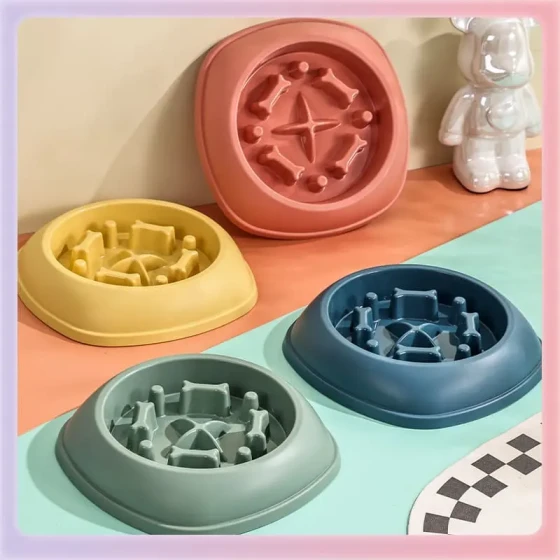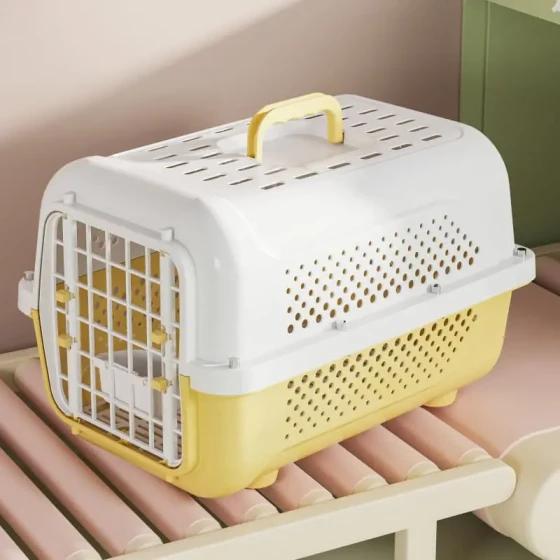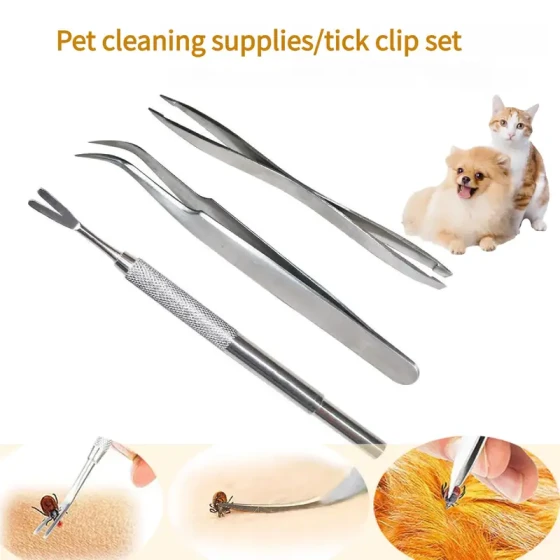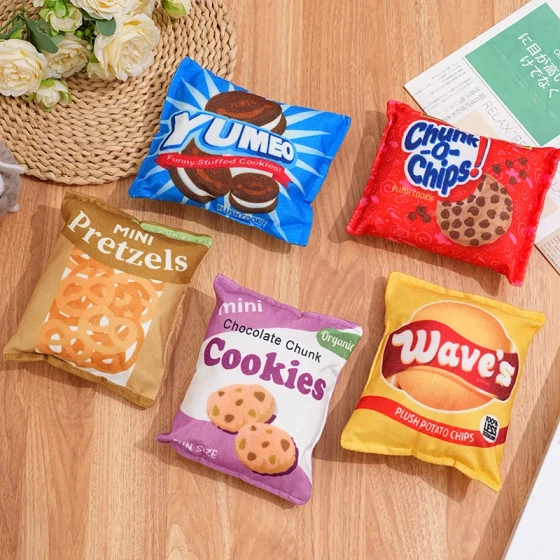What plants are easy to keep alive?
Easy-to-care-for plants:
1. Clivia
Clivia, a bulbous perennial herb with pink flowers, each mature bulb can produce one flower. The flowering period is very long, basically from April until September. This flower is very easy to grow, just bury the bulb in the soil and it will survive, and it can bloom in the same year. Within two years, it can fill a pot.
2. Hollyhock
Hollyhock, a biennial herbaceous plant with various flower colors, blooms from June to August. The plant grows quite tall and is often planted in gardens. It is also called "One-Zhang Red." It mostly propagates by seeds; just sprinkle the seeds on the soil, and it will almost grow by itself. However, the flowers in the first year are not many, with more blooming in the second year.
3. Dianthus
Dianthus, a perennial herbaceous plant and a traditional Chinese flower, has a short stature with robust roots and clustered stems. It flowers in multiple colors from May to October. Seeds can self-sow. After planting in the first year, roots need no management, and it will grow new plants and bloom beautiful flowers in the second year.
4. Baby's Breath
Baby's Breath, a perennial herbaceous plant commonly found on wild sand dunes and hillsides, is not demanding on the growing environment. It is a species that can grow almost anywhere with soil. The flowering period is from June to August and is often used as a bouquet flower to present to loved ones. Growing it at home would surely be quite romantic.
5. Geranium
Geranium is a somewhat peculiar plant. In the first year, the branches grow as fleshy herbaceous stems, and in the second year, they become semi-woody. There are many varieties, but the flowers are rather similar, forming beautiful umbels. This plant is not only attractive but also easy to propagate by cuttings, but it is best to use two-year-old branches.
6. Goldfish Plant
Goldfish Plant, a perennial herbaceous plant, has fleshy leaves with a semi-woody base. The branches hang down over the flowerpot in a draping fashion, and it produces small yellow flowers resembling goldfish, hence the name. It grows very well in bright environments and can also be propagated by cuttings.





